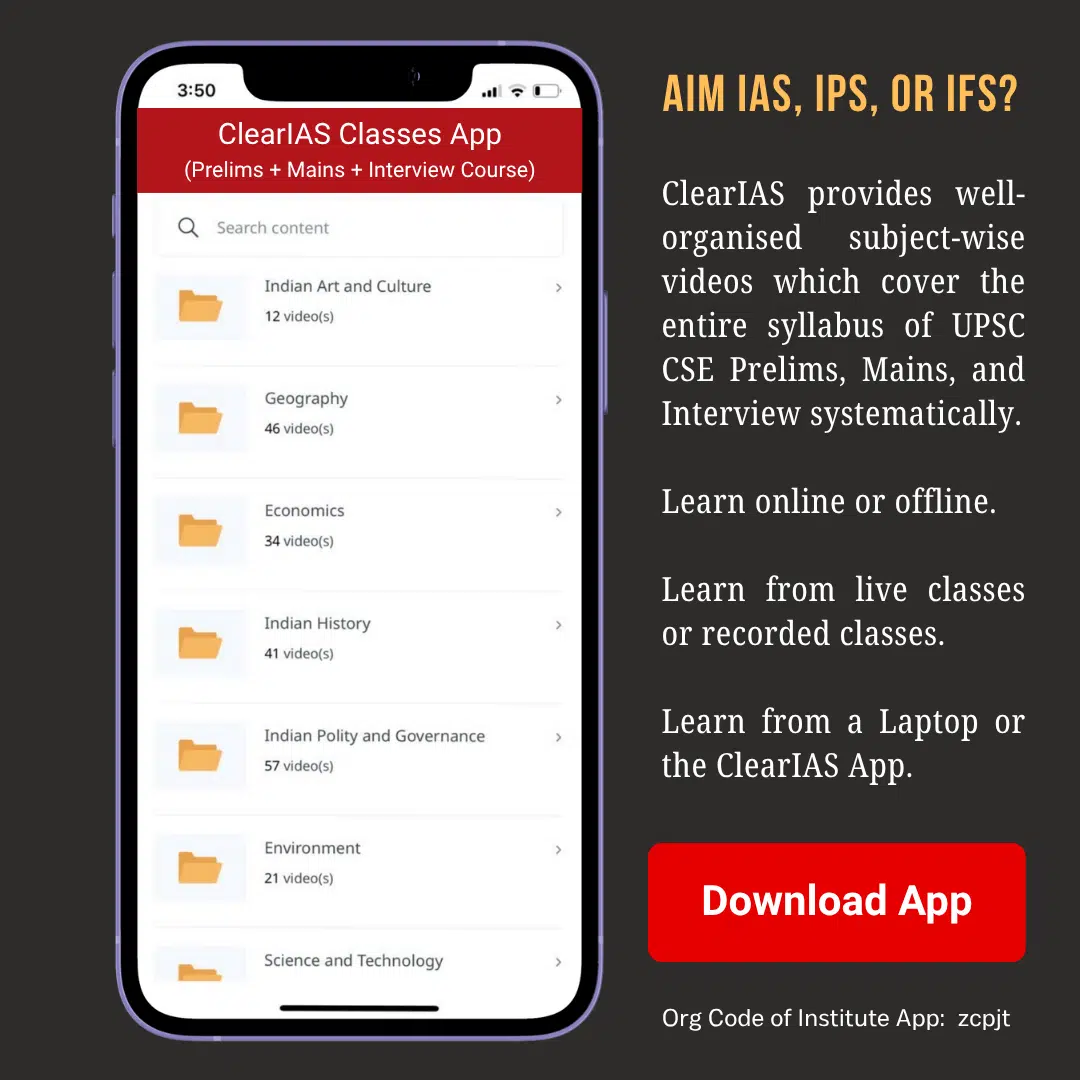
The electoral rolls have been at the centre of the recent election reforms and controversies. With allegations of vote theft and demand for a fair electoral process, the topic has garnered importance for UPSC aspirants as well. Read here to learn more.
The Congress has alleged “vote theft” due to the presence of duplicate and fake entries in the voter rolls.
Their demand is“machine-readable” electoral rolls that can be easily audited by political parties and watchdogs.
Currently, the Election Commission (EC) only publishes image PDFs of voter rolls, which cannot be easily searched or cross-verified at scale.
What are Electoral Rolls?
An Electoral Roll (voter list/register) is the official list of all eligible voters in a constituency.
- Prepared by: The Election Commission of India (ECI) under the Representation of the People Act, 1950 (RP Act).
- Eligibility:
- Inclusions: Citizens aged 18+ who are ordinarily resident in a constituency (Sec. 19, RP Act).
- Exclusions: Non-citizens, those disqualified by law (Sec. 16, RP Act).
- Purpose: To ensure fair, transparent, and accurate conduct of elections.
What are machine-readable electoral rolls?
- A machine-readable electoral roll is a digitally structured voters’ list that can be easily processed by computers using standard formats.
- Instead of PDF scans or plain text files, the data is stored in structured formats like CSV, XML, or Unicode-enabled databases.
- This ensures the data can be read, searched, verified, and updated by electronic systems with minimal human intervention.
Features of Machine-Readable Electoral Rolls
- Unique Voter Identification: Each voter is tagged with a unique ID (EPIC) linked to biometric/demographic data.
- Structured Data Format: Names, addresses, age, gender, and other fields stored in a standardised, computer-readable way.
- Interoperability: Can be cross-checked with other databases (census, Aadhaar, migration records) to detect duplication.
- Transparency & Accessibility: Easy to publish in multiple formats, including for persons with disabilities.
- Auditability: Software tools can verify integrity, ensuring fairness in the roll.
Current Problem in India
- Electoral rolls in many states are still available as scanned PDFs or unstructured files.
- These are not machine-readable, meaning computers cannot automatically check for duplicates, inconsistencies, or errors.
- This causes issues like:
- Duplicate voters (same name across constituencies)
- Fake entries
- Difficulty in updating when voters migrate
- Accessibility issues for visually impaired voters
Controversy of Special Intensive Revision (SIR) of Electoral Rolls
SIR is a time-bound, house-to-house verification exercise conducted by Booth Level Officers (BLOs).
- Purpose:
- Correct errors (wrong names, spellings, addresses).
- Delete names of deceased, shifted, or ineligible persons.
- Include new voters (18+) and eligible residents.
- It is usually before major elections or when voter rolls are suspected to be inaccurate, inflated, or outdated.
- Legal Basis:
- Section 21, RP Act, 1950: Empowers the ECI to revise electoral rolls, including special revision at any time (with recorded reasons).
- Constitutional Support:
- Article 324: ECI’s superintendence, direction, and control of elections includes electoral rolls.
- Article 326: Guarantees universal adult suffrage (citizens 18+ can vote unless disqualified).
Supreme Court on SIR in Bihar
The SC is reviewing ECI’s decision to conduct an SIR in Bihar.
- Key Observations:
- Rejected petitioners’ claim that ECI lacked authority for SIR.
- Suggested accepting Aadhaar, voter ID, and ration card as valid documents for voter enumeration.
- Reaffirmed that ECI has wide powers under Article 324, especially if laws under Articles 327 & 328 are silent.
Judicial Precedents Supporting ECI’s Authority
- Mohinder Singh Gill v. CEC (1977):
- ECI has plenary powers to ensure free and fair elections.
- Can take swift, practical action (e.g., re-polls, special revisions) even if not explicitly mentioned in law.
- Judicial review under Article 329(b) is limited once the election process is underway.
- Other Principles:
- Natural justice is important, but ECI can bypass strict procedures in exceptional situations to preserve electoral integrity.
Past Examples of SIR
- Nationwide or state-specific SIRs were conducted in 1952–56, 1957, 1961, 1965, 1966, 1983–84, 1987–89, 1992, 1993, 1995, 2002, 2003, and 2004.
- In Bihar, the last SIR was held in 2003.
What Machine-Readable Rolls Would Change
If the rolls were shared in structured digital formats (CSV, XML, Unicode database), political parties and independent auditors could:
- Search, filter, and cross-check across constituencies.
- Detect duplicate names/photos at scale.
- Run algorithmic checks against other datasets (e.g., Aadhaar, census, or migration data).
- Provide real-time transparency in voter list maintenance.
Election Commissions’ Position and Concerns
- The EC already has digitised rolls in ERONET, but it hesitates to share these machine-readable versions publicly.
- Concerns include:
- Privacy risks (misuse of voter data, mass surveillance, or political profiling).
- Cybersecurity vulnerabilities exist if large datasets are released openly.
- Political misuse (targeting voters based on caste, religion, or location).
Conclusion
The machine-readable electoral rolls mean moving from static, PDF-based lists to dynamic, computer-verifiable databases. This would make India’s elections more transparent, efficient, and fair.
The Special Intensive Revision (SIR) is a legally sanctioned, ECI-driven process to cleanse and update electoral rolls through house-to-house verification.
The SC’s current review of SIR in Bihar has reaffirmed the ECI’s constitutional authority (Art. 324) while nudging it to use practical documents like Aadhaar, voter ID, and ration cards for voter verification.
Related posts:







Leave a Reply